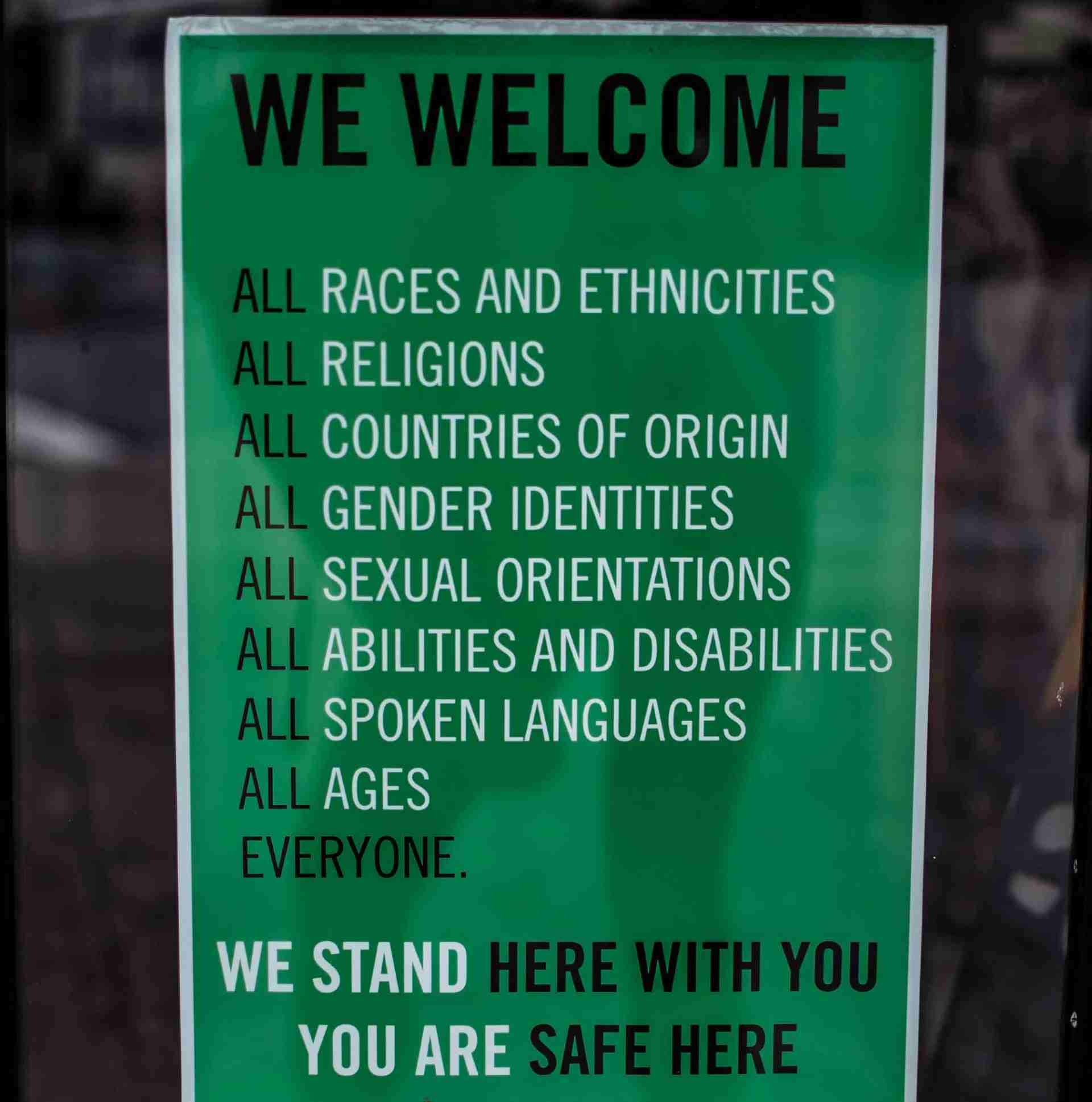Is the Traditional Board Model Still Fit for Purpose?
Let’s talk boardrooms, and no, not the shiny corporate kind. I’m diving into the charity board model, that venerable institution that’s as traditional as tea and biscuits. But here’s the kicker: are these age-old structures still cutting the mustard in our fast-evolving world?
From my trench in the charity sector, I reckon it’s time we gave this model a serious rethink.
First off, the classic charity board model—stuffed with annual meetings, stuffy rooms, and paperwork—feels increasingly out of step. It’s like using a rotary phone in the age of smartphones. Sure, it works, but aren’t we missing a trick here?
The Times They Are A-Changin’
The world’s moved on. We’re dealing with a society that’s more dynamic, more diverse, and heck, a lot more digital. The old guard, with its once-a-year check-ins and glacial pace, struggles to keep up. We’re in an age of instant updates and rapid responses. Our governance needs to match that, being more agile, more in tune with the pulse. Why wait a year to discuss what’s urgent today?
Engagement, Not Just Oversight
And let’s talk engagement. The traditional model often reduces board members to overseers. They swoop in, papers in hand, for their cameo at the quarterly board meeting, then vanish into the night. We need board members who are engaged, who feel the pulse of the organization daily, who interact with staff and beneficiaries, and who are truly invested in the mission. Technology? It’s here, and it’s a game-changer for governance. Virtual meetings, real-time data sharing, collaborative tools—these should be the nuts and bolts of modern charity governance. They can bring down barriers, open up the boardroom, and make the whole governance process more transparent and inclusive.
Clinging to the old ways because ‘that’s how it’s always been done’ just doesn’t cut it anymore.
Time for a Revamp
So, what’s the alternative? Imagine a board that’s agile, meets virtually, uses data intelligently, and reflects the vibrant diversity of today’s society. Think less boardroom, more think tank. Less gatekeeping, more pathfinding. We need governance that’s not just about stewardship but about leadership and innovation.
It’s clear the traditional charity board model needs a shake-up. It’s not just about keeping up with the times but about setting the pace. As leaders in the charity sector, we’ve got a duty to challenge the status quo, to ensure our governance structures are as dynamic and forward-thinking as the missions we champion. So, let’s roll up our sleeves and bring some of that innovative spirit to our boardrooms.
Diversity and Inclusion: Transforming Charity Boards

Let’s get stuck into a topic that’s not just a box-ticking exercise but a game changer for how we run our charities: Diversity and Inclusion. If your charity board looks like a rerun of last century’s old boys’ club, then mate, we’ve got some work to do. It’s the two thousand and twenties, and time we spiced things up a bit in those board meetings. Here’s why diversity and inclusion need to be at the heart of your board strategy, and not just because it’s ‘nice to have’—because it’s must-have, full stop.
Why Diversity Isn’t Just a Buzzword
I’ve sat on enough charity boards to know that when everyone thinks the same way, looks the same way, and—dare I say—even golfs the same way, you’re not exactly setting the world on fire with innovative ideas. Diversity brings different perspectives, life experiences, and skill sets to the table. It challenges the echo chamber effect where everyone nods along, and it injects fresh ideas and vibrant debate into the decisions that shape the direction of our charities.
From Token Gestures to True Representation
It’s not just about throwing in a mix of people to create a colourful board photo.
Real diversity means having board members who truly represent the communities we serve.
It’s about inclusion at every level, not just adding a sprinkle of diversity for show. This means actively seeking out people from underrepresented groups, ensuring they have equal opportunities to be heard, and valuing the unique insights they bring. And remember, inclusion means making sure that once diverse members join, the environment is one in which they can thrive and feel valued, not just survive.
Breaking Down Barriers
Let’s be honest, the traditional routes to board membership often involve a certain pedigree, certain connections, or simply being in the right place at the right time. This outdated model doesn’t just hold back potentially brilliant board members; it also holds back our charities from reaching their full potential.
To break down these barriers, we need to rethink how we recruit and select board members.
This might mean changing our networks, our criteria, and our outreach strategies to ensure we’re accessible to a broader, more diverse talent pool.
The Impact on Decision-Making
Having a diverse board isn’t just good for optics; it’s good for business. Diverse teams have been shown to make better decisions because they consider a wider range of perspectives and are more likely to identify and mitigate risks that might not even be on the radar for a more homogenous group. For charities, where the stakes include the well-being of communities and the trust of donors, this enhanced decision-making capacity isn’t just beneficial; it’s crucial.
Driving Innovation
Inclusion breeds innovation. When people from different backgrounds, with different experiences of overcoming unique challenges, come together, the potential for innovative solutions multiplies. These are the kinds of solutions that can see a charity launch successful new programs, tap into new funding streams, and engage with their communities in more meaningful ways.
Sustaining the Change
Embedding diversity and inclusion into your charity’s governance structures takes more than making a few hires; it requires a cultural shift. It means training and development, mentorship opportunities, and perhaps most importantly, a commitment from current leadership to champion this change. Leaders must not only adapt but actively drive the push for a more inclusive board.
If we’re serious about making a tangible impact through our charities, we can’t afford to ignore the power of diversity and inclusion. It’s time to shake up the old norms and bring our boards into the present, where they reflect the rich diversity of the communities we aim to serve. Let’s not settle for the easy path of maintaining the status quo; let’s challenge it, transform it, and in doing so, transform our capacity to make a difference. The future of effective charity governance depends on it, and so does the effectiveness of our missions.
The Impact of Technology on Charity Governance
Alright, let’s dive headfirst into a topic that’s turning the charity world on its head: the seismic impact of technology on governance. Gone are the days when ledgers were lugged around in dusty briefcases and board decisions took weeks to finalize. We’re in the digital age, folks, and for those of us steering the ship at charities, it’s about time we embraced the tech revolution—not just because it’s flashy and modern, but because it fundamentally transforms how we operate for the better.
Speed and Agility: Welcome to the Fast Lane
First up, technology’s biggest brag: speed. With the right digital tools, decisions that used to drag on can now be made at the click of a button. Imagine real-time data dashboards showing your charity’s financial health, donor engagement metrics, and project progress. This isn’t just about keeping up; it’s about setting the pace. Technologies like cloud computing allow board members to access vital information anytime, anywhere, ensuring decisions are informed and timely. No more waiting for the next quarterly meeting to find out you missed a major funding opportunity.
Here’s a hot take—technology doesn’t just support transparency; it demands it.
With systems that track every transaction, log every interaction, and archive every decision, hiding behind vague summaries is a thing of the past. This is a game-changer for accountability. Donors and stakeholders can see exactly where their money goes, and that builds trust—a currency as valuable as cash in our line of work.
Virtual Governance: Breaking Down Barriers
Remember when you had to travel miles for a single meeting? Those days are fading fast. Virtual boardrooms are now a reality, thanks to video conferencing tech. This isn’t just convenient; it’s revolutionary. It opens up the playing field for diverse board members who might not have been able to participate due to geographical or physical constraints. Now, expertise from around the globe is just a screen tap away. Plus, it’s environmentally friendlier—fewer flights, less travel, lower carbon footprint. Win-win.
Data Security: Double-Edged Sword
Now, it’s not all smooth sailing. With great power comes great responsibility, and handling vast amounts of digital data comes with significant risks. Cybersecurity is the Achilles’ heel of digital adoption in charity governance. We’re talking about sensitive information—donor details, financial records, personal data—all of which are gold mines for cybercriminals. It’s imperative that charities not only adopt technology but also invest in robust cybersecurity measures. This means firewalls, encrypted communications, secure backups—the whole nine yards. The goal is to defend against data breaches that could erode trust and cause irreversible damage to your charity’s reputation.
Automated Compliance: Keeping Up without the Headache
One area where technology can really shine is in compliance. Staying on top of regulatory changes, especially in something as dynamic as charity law, can be a full-time job. Thankfully, modern charity management software and governance platforms can automate much of this. They can alert you to new compliance requirements and help ensure that every box is ticked, every form is submitted on time, and every regulation is met with precision. This not only saves time but also protects your charity from costly legal pitfalls.
Engaging Younger Donors and Volunteers
Let’s not overlook the demographic shift. Younger generations—millennials and Gen Z—are not only tech-savvy; they expect tech integration in all facets of their lives, including how they engage with charities. By incorporating technology into our governance and operations, we make our charities more appealing to younger donors and volunteers who are critical for our future sustainability. Digital tools, mobile apps, and social media platforms are not just ‘nice to have’; they are essential for connecting with the next wave of supporters.
To sum it up, the impact of technology on charity governance is profound and far-reaching. It enhances efficiency, transparency, and participation, and it demands a higher standard of security and compliance. As charity leaders, it’s our job to harness this potential responsibly and creatively. Let’s move forward with a mindset that sees technology not as a threat or a challenge, but as an incredible opportunity to advance our missions and magnify our impacts in ways that were unimaginable just a decade ago. It’s time to fully step into the digital age and let technology turbocharge our efforts to do good in the world.
The CRM Game-Changer: Powering Up Modern Charity Governance
Now, let’s zone in on a particular tech hero that’s reshaping the landscape of charity governance: the humble yet mighty CRM system. Far from being just a fancy database, a good CRM is the Swiss Army knife for modern charities.
We should recognise it for the governance powerhouse it truly is.
Centralised Control Hub: Imagine having a central hub where every piece of information about your charity lives. That’s your CRM purpose built for charities. From donor details and donation histories to volunteer databases and campaign results—everything is at your fingertips. This centralisation is crucial because it means you’re always operating from a position of knowledge. No more guessing games or decisions made in the dark. Every move is informed, strategic, and, importantly, data-driven.
Streamlining Communication: But it’s not just about storing info—it’s about what you do with it. A top-notch CRM system optimises how you communicate, not just with your team but with your entire community. Automated newsletters, personalized donor outreach, real-time updates on projects—these aren’t just nice touches; they’re essential strategies that keep everyone in the loop and engaged. And when people feel connected and valued, they stick around, they contribute more, and they champion your cause.
Real-Time Decision Making: In the fast-paced world we operate in, being able to make quick decisions is gold dust. With a good CRM (this post helps in choosing one), you can pull up reports in an instant—see which campaigns are flying and which are flopping, track donation trends, and analyze volunteer engagement. This ability to make real-time decisions based on real-time data is what sets apart dynamic, responsive governance from the old-school, wait-until-next-quarter’s-meeting approach.



